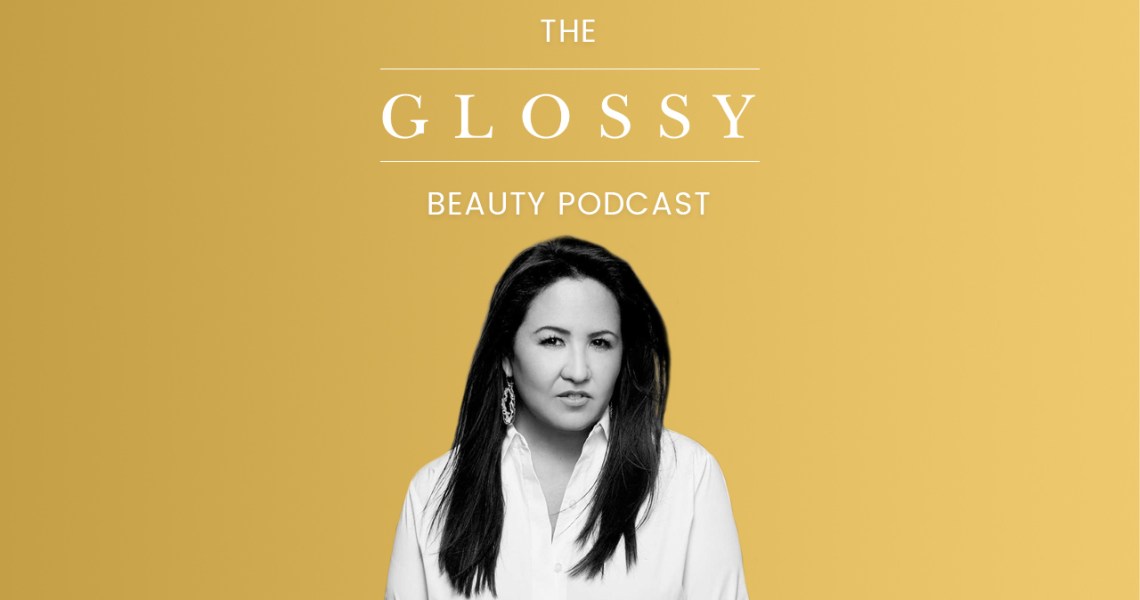Subscribe: Apple Podcasts | Stitcher | Google Play | Spotify
When Murad CEO Michelle Shigemasa turned the skin care company’s focus to direct-to-consumer sales versus wholesale last year, it was with the goal of getting to 50% DTC within five years.
Now Shigemasa estimates a much faster timeline. “I think that’ll happen in the next two years, max,” Shigemasa said on the Glossy Beauty Podcast.
“We’ve seen digital sales that frankly surprised us. We knew that they would accelerate, but to this degree, I don’t think we understood,” she said. Sales on Amazon and Murad’s own website have also at last doubled, Shigemasa added.
Like just about every company in the industry, the Unilever-owned brand is aiming to take as much customer engagement as it can online with the onset of Covid-19. Shigemasa called virtual events “One of the big challenges we have on our list that we’re working on.”
Virtual “skin check-ins,” an effort that involved shifting personnel from frozen brick-and-mortar outlets — including Sephora, Ulta, Macy’s and Nordstrom — have led to 300-400 appointments a day, she said
Considering the uncertainty caused by the pandemic, Shigemasa sees no reason to look back. “When we look forward at brick-and-mortar, I’m not sure they’ll ever be the same, to be frank.”
Ad position: web_incontent_pos1
Here are a few highlights from the conversation, which have been lightly edited for clarity.
Self-care was up even before the pandemic hit
“When I think about Murad and the future, I’m very excited. Our brand is even more relevant than it was six months ago. Obviously meeting the needs of a consumer from a product standpoint is important, but also the uplifting spirit in self-care. Self-care is health care, and people understand that. That’s exactly our brand purpose and our mission.”
Digital and brick-and-mortar are on two very different paths
“We were obviously very focused on digital. That was our key strategy moving into 2020. The coronavirus pandemic has simply fast-forwarded our strategy. We’re now on double-time in terms of fueling digital. What I find also interesting is that it’s not just the young consumer. Clearly in social and in digital, one of the key consumers is a younger consumer, a millennial. You look today, and one key opportunity that has come about is there’s now a 60-plus-year-old digital native that is entering into our world. There are elements of digital that we’re working on today that are relevant to the future. We just launched a virtual skin check-in. We shifted a lot of the people who serviced the stores into servicing our digital at Murad.com and connecting with our consumers. It’s been wildly successful, with 300-400 appointments a day. And when we look forward at brick-and-mortar, I’m not sure they’ll ever be the same, to be frank. I think there’ll be new protocols, certainly for addressing safety.”
Beyond products, brands must have a bigger-picture message
“I think content is going to be a really important piece that we’re paying close attention to to support a much wider audience. [We’ll be] shifting resources, most likely, out of brick-and-mortar into fueling areas that we know will have high growth. I think there are a lot of shifts into the future, and when you look at Covid[-19], certainly there’s been an immense amount of hardship, but I think there are also some silver linings in some respects and some things we’ve learned about the future. Connecting with community and engaging people in a different way will also be one of those key learnings.”




